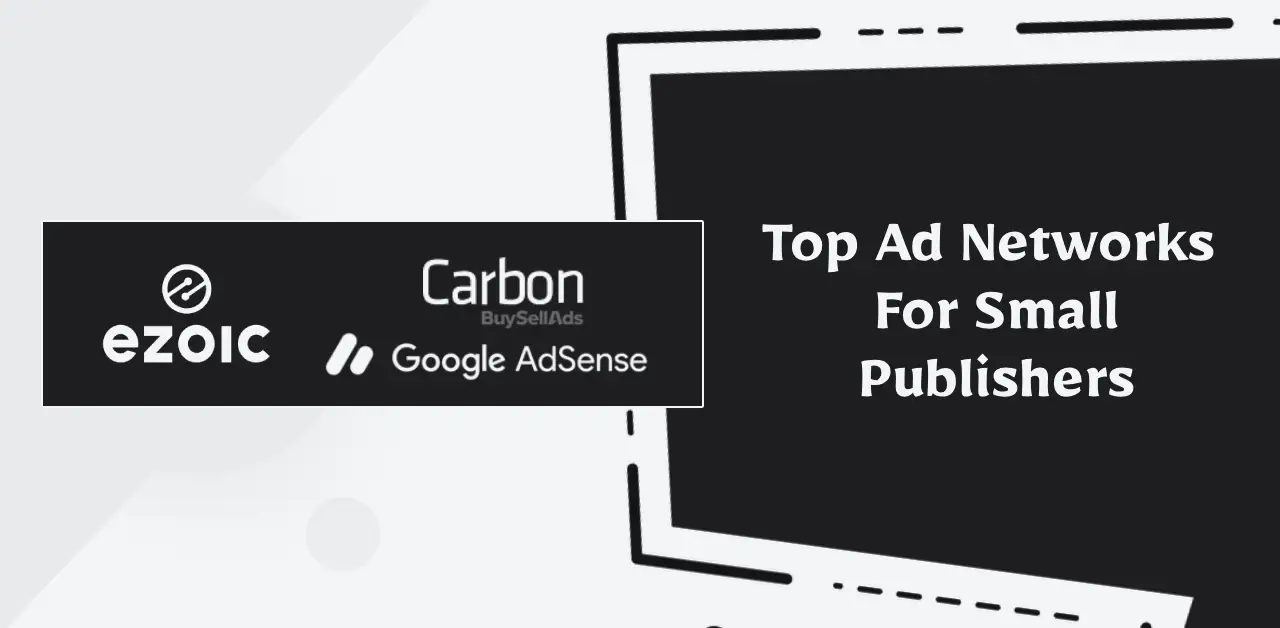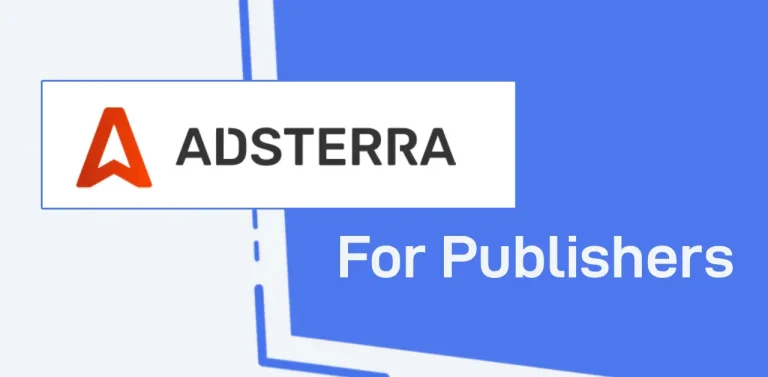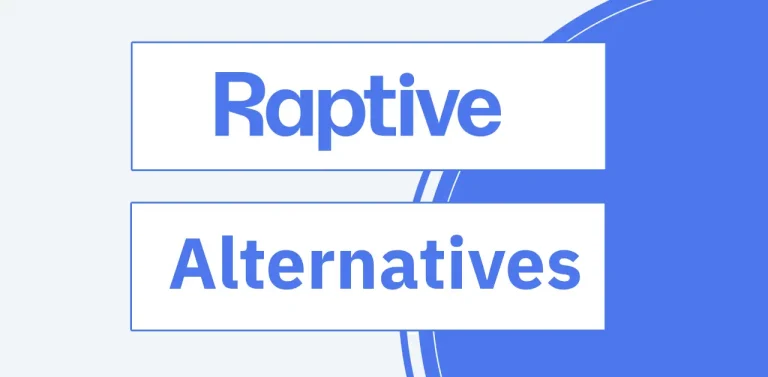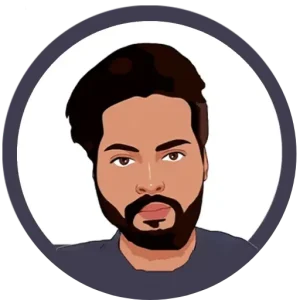I think small and medium-sized publishers dominate digital content compared to big ones. Depending on the audience, you can use ad networks, affiliate programs, subscriptions, services, and more. However, most publishers rely on ad networks.
Whether you’re a small or a big publisher, you’ve got plenty of monetization options. When a page has valuable traffic, you can earn more from ads.
Small publishers can use banners, native ad networks, video ad networks, and more. Plus, there are plenty of Google MCM partners with multiple bidding partners, but various factors will determine how much you make from ads.
Having more ads on your page will generate more revenue, but too many ads can make your site look unappealing. Most websites use revenue optimization services compared to a single ad server because they’re better at ad quality, support, and payments. Despite that, let’s discuss some top ad networks for small publishers.
AdSense
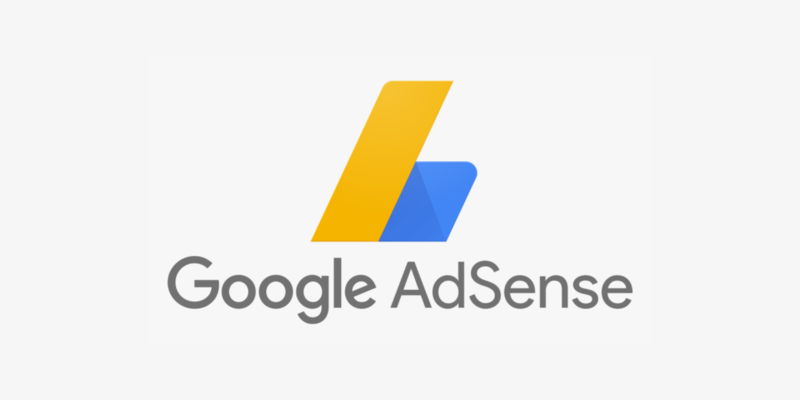
AdSense remains the most popular way of monetizing small and medium-sized websites. It is outdated and deteriorates each year. AdSense is a single ad network, meaning only Google serves ads. CPM rates are lower than those of other header bidding solutions. Despite its limitations, many small publishers still use AdSense.
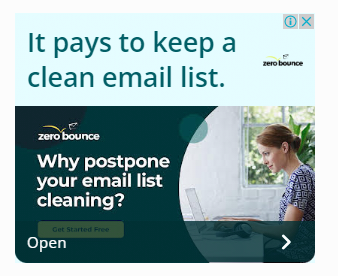
It can be a good first monetization strategy for new publishers, especially those looking to start small. It’s decent in some cases, especially in traffic from the US, UK, Middle East, and Australia, yet not everywhere.
Google has shifted AdSense to a CPM revenue model, meaning you are paid based on ad impressions rather than clicks.
Most advertising networks typically require specific criteria, especially regarding traffic. However, AdSense is one of the few ad networks that still accept publishers with no particular traffic requirements. So, what are the requirements for AdSense?
You need a decent website with original content. GA accepts helpful online tools, but content remains the crucial factor. People usually whine when AdSense declines them. Scrap content, poor design, targeting the wrong niches, and a lack of legal pages are common reasons for this concern.
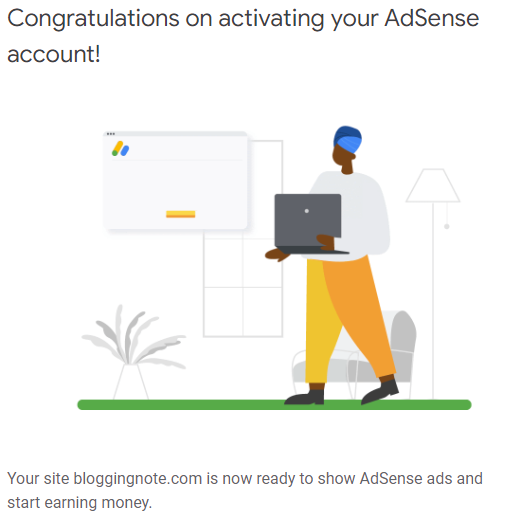
Positive aspects:
- AdSense does not require publishers to meet specific traffic thresholds, thereby benefiting small publishers and keeping GA accessible to them.
- You have complete control over AdSense without human interference. It’s up to you to decide what changes to make, since there’s no onboarding process.
- AdSense’s stats dashboard is more insightful than most others. Ezoic offers a comprehensive data analysis tool, and its AdSense statistics are useful.
Negative aspects:
- You can’t get human support with AdSense. If you get banned without a valid reason, who’s to blame?
- Compared to modern ad networks, AdSense lacks new features. While they try to keep up with new features like auto-ads.
- AdSense only displays Google ads to visitors. Most other ad networks use header bidding, open bidding, and ad revenue optimization.
- All ad networks slow down websites with third-party code, but AdSense is the worst. However, you can optimize the site by using better caching plugins or techniques, such as delaying JavaScript with FlyingPress.
- AdSense’s minimum threshold is 100 USD. There’s a small threshold, even for premium ad networks like Mediavine. The only payment method is bank transfer. So, I think $100 is a high threshold for small publishers.
It has additional drawbacks, so the cons outweigh the pros. AdSense requires users to verify their ID or home address before making their first payout.
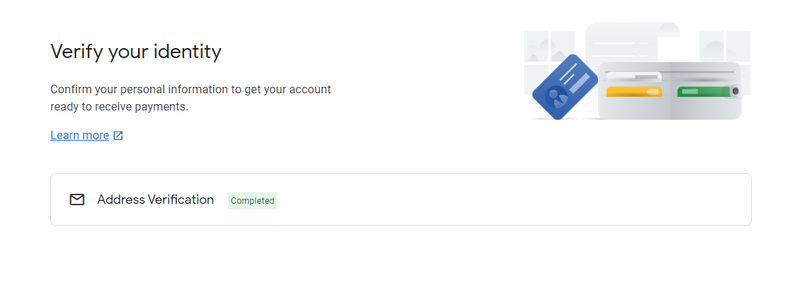
As I mentioned, the problem is that even if GA accepts small publishers without a page-view limit, they still have a higher minimum threshold. Making money with AdSense won’t be easy. Consider another if your site is decent.
Adsterra
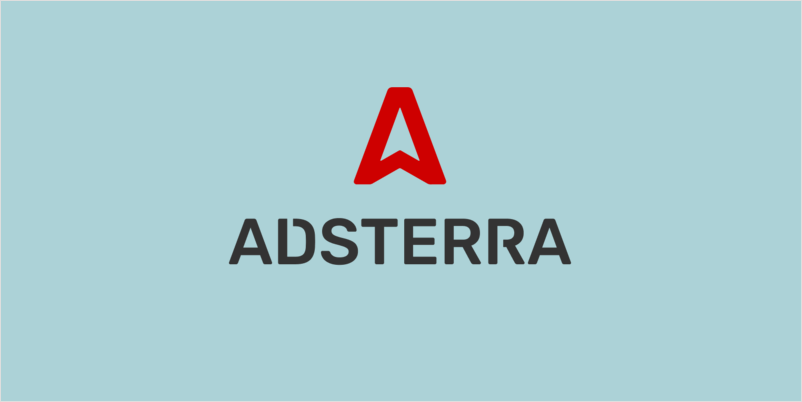
Adsterra is a solid ad network with over 10 years of experience in ad marketing, often recommended by bloggers and affiliate marketers.
Adsterra works with more than 30,000 publishers across various blogs, websites, and social media to reach diverse audiences.
I’ve used Adsterra for a variety of niches, but it is most suitable for movies, news, sports, downloads, streaming, and hosting platforms, among others.
That said, Adsterra works with both small and established websites. It has no traffic requirement, making it suitable for small websites. To be clear, similar to many ad networks, the company’s only requirement is that the traffic be authentic and safe.
Put simply, I recommend Adsterra for small publishers because you can earn at least $5 through Paxum. It’s even $25 for PayPal. Most ad networks have high minimum payout thresholds, which are a significant barrier for small publishers.
When it comes to ad types, you can choose from pop-ups, interstitials, native ads, and even classic banners. In addition to delivering safe ads, Adsterra detects and blocks adware and fake ads. Here is an example:

Positive aspects:
- No traffic requirements to become a publisher.
- Provides live chat support and a personal manager.
- The ad network operates in nearly every country.
- Automated weekly payouts with popular payment methods.
- An attractive UI with key performance metrics (CPM/CTR, revenue, and clicks). You can filter traffic by domain, country, browser, OS, device, or location.
Negative aspects:
- Not suitable for blogs with text-based content.
- Traffic quality and region can affect CPM/CPC rates.
- A high minimum payout amount applies to wire transfers.
- Sometimes, pop-ups and push ads can be annoying to viewers.
Ezoic
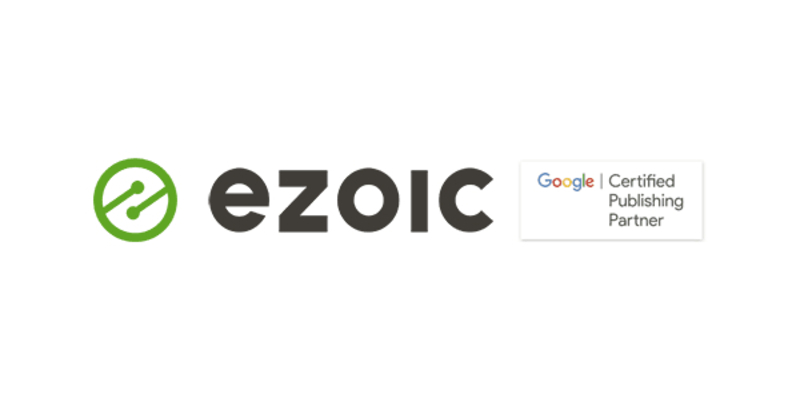
Ezoic is a well-known revenue optimization platform for small publishers. It is a Google-certified partner and has partnerships with multiple other header-bidding platforms. You can use Ezoic as a Raptive alternative, but it doesn’t work that well.
Ezoic is a beginner-friendly ad network that accepts publishers without page view limits. But it isn’t the first choice for serious publishers who care about UX.
I wouldn’t recommend Ezoic for high-quality, content-focused sites, as its ads often disrupt website layouts. Even on a single page, Ezoic displays numerous ad slots, resulting in decent CPMs.
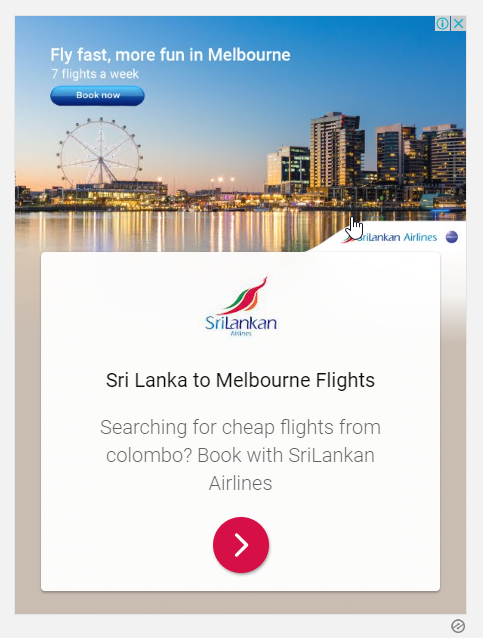
Publisher Requirements & Payments:
Ezoic reaches publishers in two ways.
- Access Now: Designed for small publishers with less than 10,000 visitors.
- Levels program: This strategy is intended for publishers with more than 10,000 monthly visitors. Additionally, it has five levels based on traffic volume.

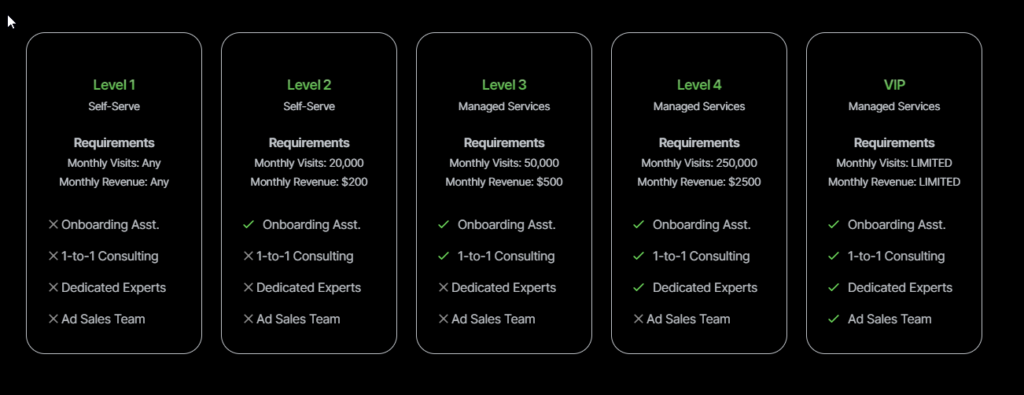
Publishers get paid every 30 days with Ezoic. Payoneer and PayPal are two payment options, with a minimum payout of $20.
Ezoic and other ad networks differ in that Ezoic places ads on all specific sites. But you must follow regulations. There are strict regulations governing traffic sources; if a site receives a high volume of suspicious traffic, it will be suspended. They offer helpful features, such as header bidding and data analysis, but the rest is unnecessary.
Ezoic is an AdSense partner, so publishers can connect AdSense to Ezoic. I’m not thrilled with Ezoic because it shows many ads and has glitchy tools, but it’s one of the best CPM ad networks for small publishers.
Journey by Mediavine

Mediavine has introduced Journey, the latest ad management platform for sites with 10,000 or more monthly sessions. It is a separate ad network, specifically designed for smaller creators, is self-service, and operates within Mediavine.
Undoubtedly, Mediavine is one of the best ad management platforms. They offer reputable brands with highly competitive CPM rates. When a blog uses Mediavine Journey, the ads load as with Mediavine and display its logo. Here’s a sample ad:
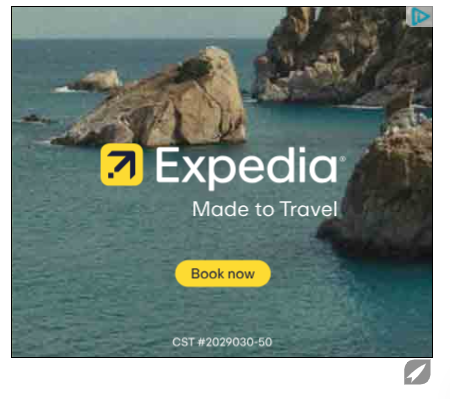
To get started with Journey, you need to install Grow by Mediavine and run it for at least 30 days. They’ll let you know if your site is ready for monetization.
See, it is a new experience, so I can’t promise too much about it, but here are a few facts that might give you a better idea:
- You will have fewer controls and limited choices regarding ad placement.
- It takes thirty days for your website to be approved. They accept websites in languages other than English, but only in specific languages.
- Publishers receive a 70 percent revenue share and are paid on a 65-day cycle, similar to Mediavine. With a minimum threshold of $100, you can choose from various payment methods, including PayPal, wire transfer, and other options.
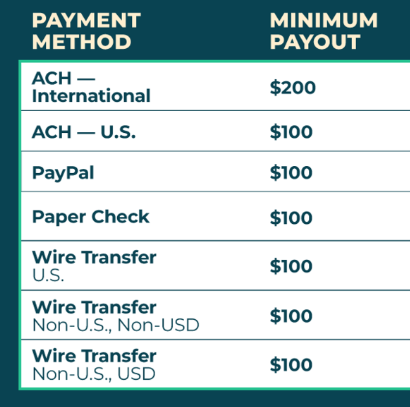
Mediavine is an influential ad network, and I assume Journey will continue to improve as it becomes the best CPM ad network for small publishers. They’re good. However, you won’t have the same level of control as with AdSense or Ezoic.
Media.Net
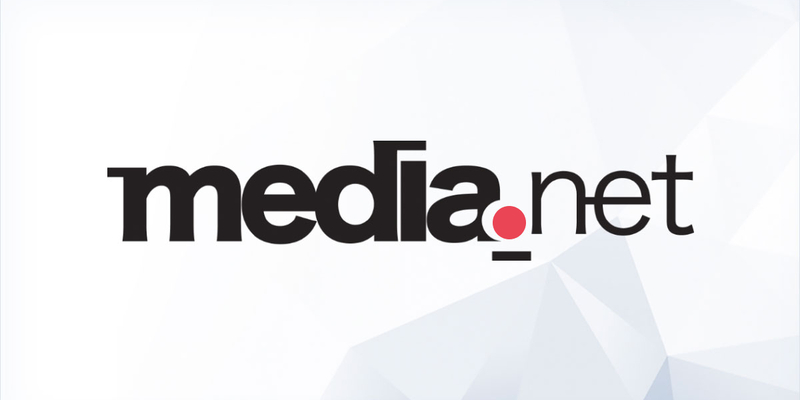
Media.net is a decent ad network for publishers of all sizes. It is the second most recognizable ad network after AdSense in terms of a single ad server.
I think Media.net is most effective for premium content publishers with English-speaking audiences. Eye-catching contextual ads encourage more people to click.

Additionally, Media.net monetizes websites through header bidding and one-tag monetization. Provides high-quality display ads with broad buyer channels.
Publishers’ Requirements and Payments:
Publishers require high-quality traffic of over 10,000 monthly visits from the US, Canada, the UK, Australia, New Zealand, and other English-speaking regions.
- While applying, avoid using an existing ad network.
- Media.net doesn’t list traffic conditions, but it does require a quality site.
- You need a website with helpful content before you apply to Media.net.
- Media.net team really focuses on publisher quality. They only work with reputable publishers who get traffic from reliable sources.
- The approval process is strict if you only get traffic from Asia.
It’s an invitation-only ad network; you must undergo an approval process. After you submit your application, you will be notified of your acceptance, along with follow-up instructions. For high-quality traffic, Media.net offers competitive CPM rates.
Media.net offers net-30 payment terms with a minimum of $100. US users can use bank transfers, and global users can use Payoneer.
Media.net doesn’t like crap content or low-quality traffic sources. Many publishers, both large and small, utilize Media.net as an ad network for their websites. It is one of the most effective ad networks for monetizing blogs.
Monumetric
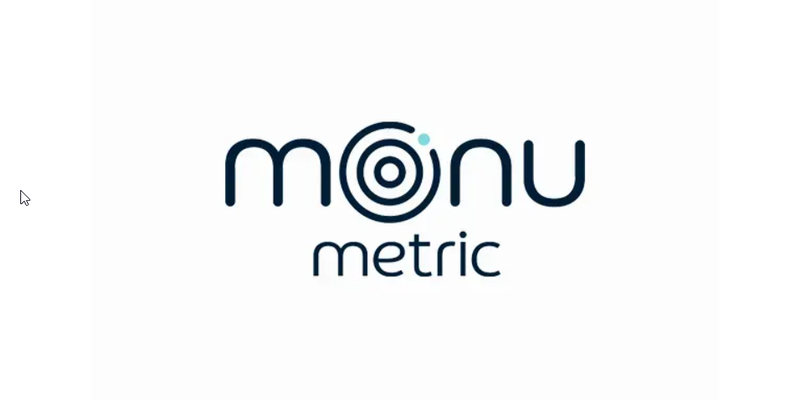
Monumetric is an ad management platform for publishers of all sizes. This is a better solution than AdSense, offering CPMs comparable to those of Setupad, Raptive, and others. However, has some flaws.
There is a reason why I’ve included Monumetric on this list: they accept sites with over 10,000 monthly visitors. There are, however, a few limitations.
For publishers, Monumetric offers four tiers:
- Propel: Websites with 10,000–80,000 page views qualify for this program. Setup costs $99. A banner ad network for small publishers.
- Ascend: It has all the tools you need to monetize effectively. Accepts websites with 80k to 500k monthly page views.
- Stratos: Suitable for serious websites. Page views must range from 500k to 10 million per month for publishers. It offers additional features, including a dedicated Ad Operations team and access to premium advertisers.
- Apollo: Designed for enterprise publishers with over 10 million monthly page views. You get everything Monumetric offers for monetization.
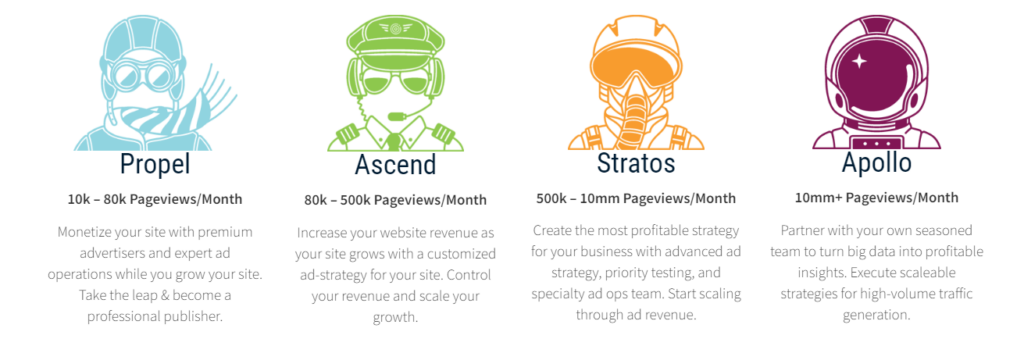
A Quick Guide to Monumetric…
- Monu accepts publishers with over 10,000 PV but requires that most web traffic originate from the US, UK, Canada, Australia, and other top-tier nations. Mostly accepts English-language content-based websites.
- The Propel program has unique requirements, including accepting only WordPress or Blogger sites, a 300px sidebar, a minimum of six ad slots, approval from major ad tech platforms, and a $99 setup fee.
- It has a 65-day payment schedule, and PayPal’s minimum threshold is $10 USD.
- This platform isn’t ideal for control freaks, as you need to consult your rep before making any changes.
- The onboarding process is suboptimal due to its reliance on manual setup, video conferences, and lengthy optimization.

The $99 setup fee is the most significant and unusual downside. But Monumetric is an acceptable monetization option for web publishers with over 10,000 PV.
Quality traffic and content are essential. Plus, it’s an ideal alternative to Ezoic and AdSense—still one of the best CPM ad networks for small publishers.
FatChilli
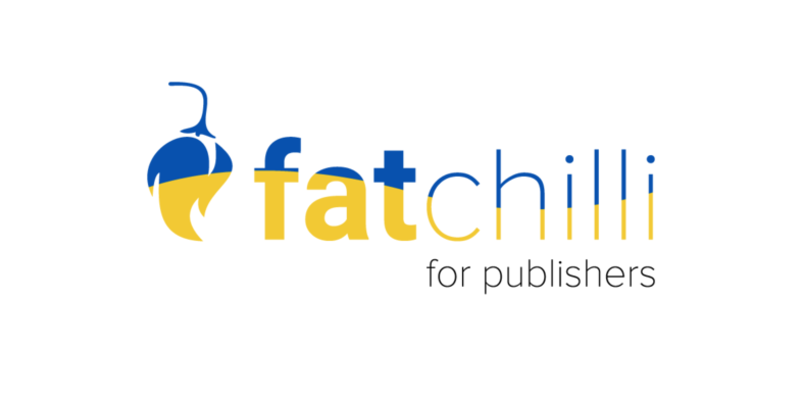
Probably not the best option for small publishers looking for CPM ad networks. FatChilli is a programmatic ad platform and a certified Google Ad 360 partner.
This ad network, however, allows content creators to fetch ads from GAM 360, even if they are small publishers. Google Ad Manager 360 is intended for large publishers and is not accessible to small and medium sites.
FatChilli offers a comprehensive programmatic advertising feature, including header bidding, price floors, revenue waterfalls, and custom ad types.
Fatchilli Media has banners, native texts, videos, and more ad formats. They use lazy loading to prevent CWV issues, but ads still slow down your site. For this reason, ads will load faster if you use a good hosting service with ad networks.
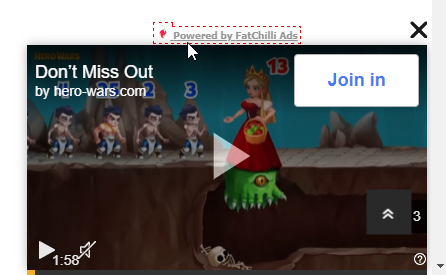
I used FatChilli for a few months and got some decent results. To be honest, they were less profitable than ad management platforms such as Mediavine, Raptive, Monu, and Ezoic. Still, FatChilli offers a higher CPM rate than AdSense.
Requirements and Payments:
It’s a programmatic monetization solution and a certified advertiser partner, so you need a website with well-crafted content or a useful online tool.

Additionally, ensure that your website complies with Google’s content policies and advertiser guidelines. Once you complete the application, they will contact you to start the procedure.
- NET30 is FatChilli’s payment policy.
- The minimum payment amount is $100.
- If this amount is not met, it will be deferred to the next month. They accept bank transfers and PayPal.
In my experience with them, average CPM rates are significantly lower than those of competitors such as Ezoic and Monumetric. Still, publishers can regain control of their ad revenue and optimize their long-term revenue strategy.
And try Fatchilli instead of crypto ad networks. It is a Google AdX partner, so if you want to try out an AdX experience on an average-sized site, you can.
SHE Media
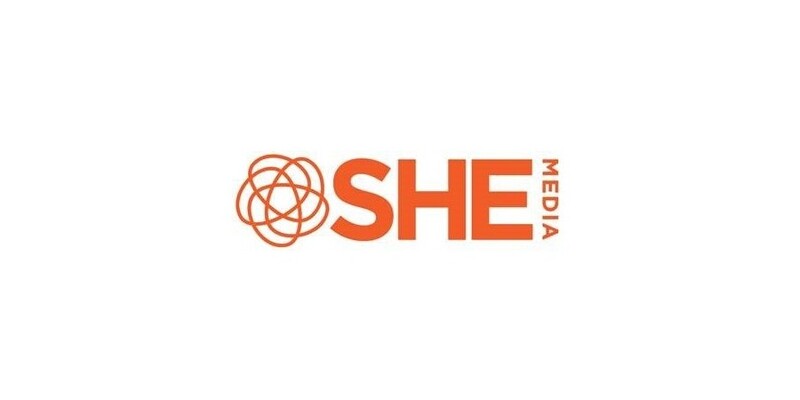
SHE Media is an ad management platform designed for women-targeted content creators, helping publishers monetize their content and increase its visibility.
They’re a programmatic ad management company with many advertisers. In addition to operating ads, they share insights to help your business expand.
Through direct advertising and header bidding, they offer high CPM rates to publishers and are a Google-certified publishing partner.
But I prefer not to use these ad networks that try to do too much. In addition to display ads, they offer video, auto, and content recommendations.
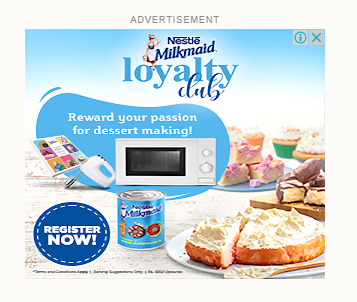
How do you get approval?
- You need at least 20,000 page views per month and a high percentage of US traffic (a substantial number for small publishers).
- High-quality content for women’s target audiences or lifestyle niches.
- Except for affiliate links, publishers may not use any ad networks.
- Website must be at least 90 days old and have a solid history with Google.
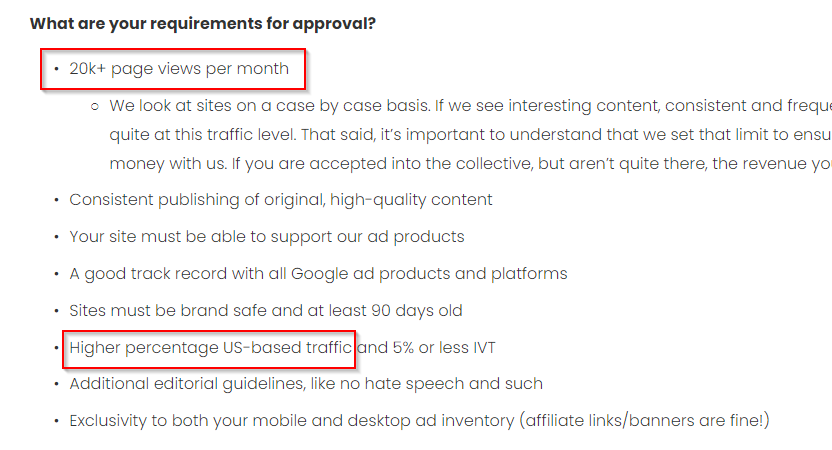
In my view, this platform is suitable for medium-sized women’s content publishers with 20k+ page views. The onboarding process at SHE Media is thorough, and each application is reviewed individually.
They handle most tasks manually; the support team sets it up, and you need to notify them if you want to make any changes to the ads.
Agreement and payment terms…
Annoying aspect of SHE Media’s ad platform is that publishers are required to sign a year-long contract. You must also provide 60 days’ notice to leave this platform.
The payment comes two months after the end of the month. For example, you’ll get paid in March for revenue earned in January. Direct Deposit is the preferred payment method for U.S. publishers, while PayPal is used for non-U.S. publishers.
So, yes, SHE Media is an ideal ad optimization service for small bloggers. I especially recommend it for women, as it’s a solid platform with extensive experience from someone who knows what they’re doing. You need 20k page views to start, so it is probably not suitable for small publishers.
CarbonAds
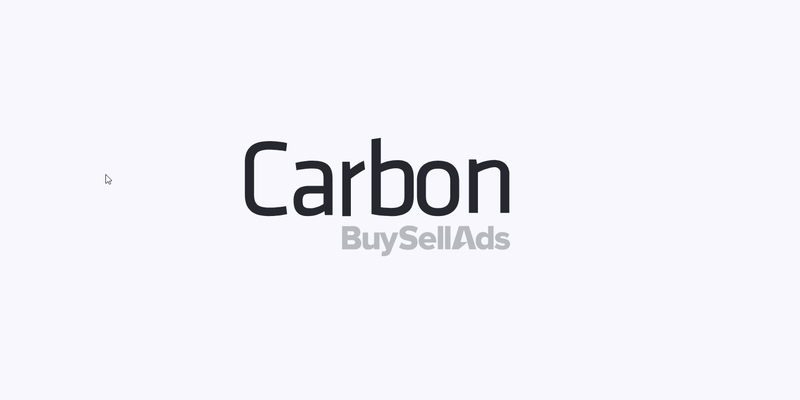
If you have a website/tool related to web design, development, or technology and don’t want ads to disrupt the user experience, CarbonAds may be the right solution.
With this platform, you can be confident your readers will see fewer relevant ads, as CA allows only one display ad per page. Websites and tools such as JS.org, KeyCDN, and Coding use CarbonAds to monetize their sites.
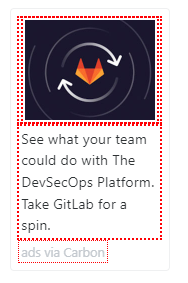
Most of Carbon’s clients are tech brands, including web hosts, developers, online platforms, and software companies. However, this isn’t the ideal option for anyone seeking to earn a reasonable income through a development website or tool.
You can expect fair rates if most traffic is coming from English-speaking countries. Anyone can grasp the point: fewer ad impressions lead to lower revenue.
Yes, CPM rates aren’t very impressive, so the average CPM can be below $1.00, depending on the audience and advertising demand.
Criteria and Payment Info:
This is an invite-only ad network, so multiple factors are considered when reviewing your application. Some of the factors I am aware of; others may apply as well.
- First, you need a website or tool that is valuable to advertisers, such as one focused on design, programming, or open-source projects.
- CarbonAds doesn’t specify traffic requirements, but you’ll need at least 10,000 monthly views. This is still a good amount for small publishers.
- Moreover, your site, app, or tool should be written in English, the most widely used language, and kept up to date.
- You cannot use other ad networks; however, affiliate links are permitted.
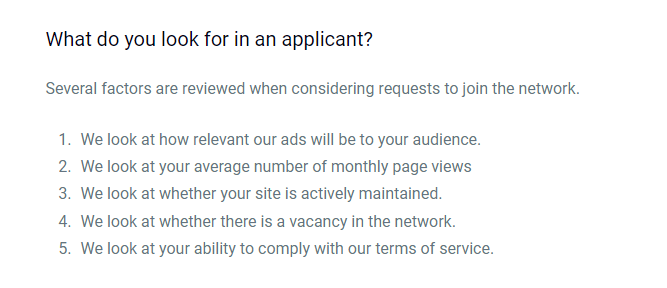
BuySellAds is the parent company of CarbonAds. So, you’ll get the previous month’s ad revenue by the 15th of each month for the BuySellAds account.
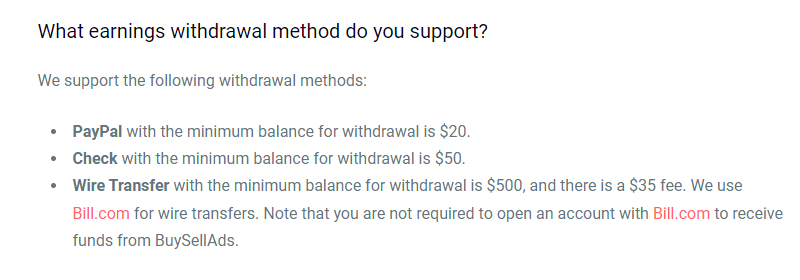
Minimum payouts vary by payout method. For example, PayPal requires a balance of $20. With wire transfer, the minimum amount is $500.
CarbonAds is ideal for developers to earn extra revenue with user-friendly ads. They have high-quality ad designs that don’t slow the page. If you use a CDN with any ad network, you can mitigate issues such as excessive external load.
If you have helpful content on your WordPress documentation site, you can monetize it with CarbonAds. However, you will not be able to earn a decent income. Since only one ad is displayed per post, you will receive a lower rate.
However, Carbon can still be one of the finer ad networks for small and independent publishers. The website needs quality content or proper tools.
In Summary
In this post, I have presented reliable ad networks for small publishers. You can find many blog posts about this, but the problem is that they don’t list ad networks based on their experience, as most are sponsored.
Honestly, banner ads aren’t a good monetizing technique, even for small publishers. Monetization isn’t limited to ad networks; it can also employ other strategies.
Generally, for established publishers, affiliate marketing, podcasts, consulting services, and other similar offerings are more profitable than ad networks. Although ads aren’t suitable for the user experience, they can degrade it.
Ad monetization is well known among publishers, but some platforms are now integrating modern technology to unlock better revenue opportunities.
Read More: Copying text from restricted websites | FlyingCDN

